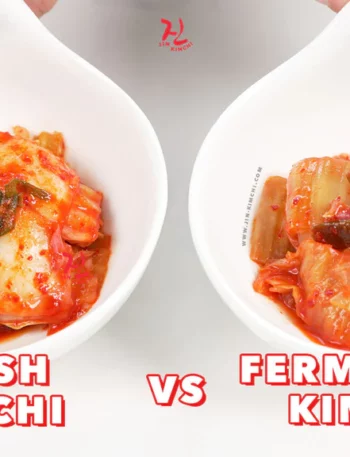
When we think of taste, most of us are familiar with the classic four: sweet, salty, sour, and bitter. However, there’s another taste that’s gaining more attention and changing the way we experience food — umami.
Often referred to as the “fifth taste,” umami is an integral part of flavor that’s reshaping culinary trends and revolutionizing modern diets. But what exactly is umami, and why is it so special?
What is Umami?
Umami, a Japanese word that translates to “pleasant savory taste,” is the term used to describe a flavor that goes beyond the conventional four tastes we’re used to. It is often described as a rich, deep, savory, or meaty flavor that enhances the overall taste experience.
Discovered in 1908 by Japanese scientist Kikunae Ikeda, umami was identified as a distinct taste when he isolated the amino acid glutamate from seaweed broth.
While umami was officially recognized over a century ago, it wasn’t until recent decades that scientists and chefs started to fully understand its influence on taste perception.
Today, umami is considered as fundamental as the other four tastes, and it’s found in a variety of foods, from savory broths to fermented products.
The Science Behind Umami
So, how do our taste buds detect umami? The key lies in glutamate, a naturally occurring amino acid. When glutamate interacts with certain receptors on our taste buds, it triggers the sensation of umami.
In addition to glutamate, inosinate and guanylate, two nucleotides found in foods like meat and mushrooms, further enhance the savory sensation.
Umami’s appeal lies in its ability to enhance other flavors, making food taste more complex and satisfying. It’s not overpowering but rather adds depth, rounding out the overall flavor profile of a dish.
Think of it as a secret ingredient that makes food more delicious without being immediately noticeable.
Umami in Different Cuisines
Around the world, many cultures have intuitively embraced umami-rich ingredients, even before it was scientifically identified. Some of the most common sources of umami include:
- Soy Sauce: A staple in East Asian cuisine, rich in glutamate.
- Parmesan Cheese: Aged cheeses like Parmesan are packed with umami.
- Miso: Fermented soybeans offer a deep, savory flavor with umami.
- Tomatoes: Especially when cooked or concentrated, like in tomato paste.
- Anchovies: These small fish are packed with umami, especially in Mediterranean dishes.
Umami is so integral to global flavors that it is often the backbone of many savory dishes. From the rich, meaty broths of ramen to the perfectly aged steaks of American cuisine, umami enhances the flavors we’ve come to love.
The Impact of Umami on Modern Diets
In recent years, umami has surged in popularity within the context of healthier eating. As people seek to reduce their salt intake without sacrificing flavor, umami has become an invaluable tool.
Foods naturally rich in glutamate, such as tomatoes, mushrooms, and fermented products, allow chefs to create flavorful dishes with less sodium.
Incorporating more umami into meals also has the potential to improve nutrition. Glutamate has been linked to certain health benefits, such as improved digestion and enhanced mineral absorption.
As the world continues to explore sustainable eating, umami’s role in creating satisfying, nutrient-rich dishes cannot be overstated.









